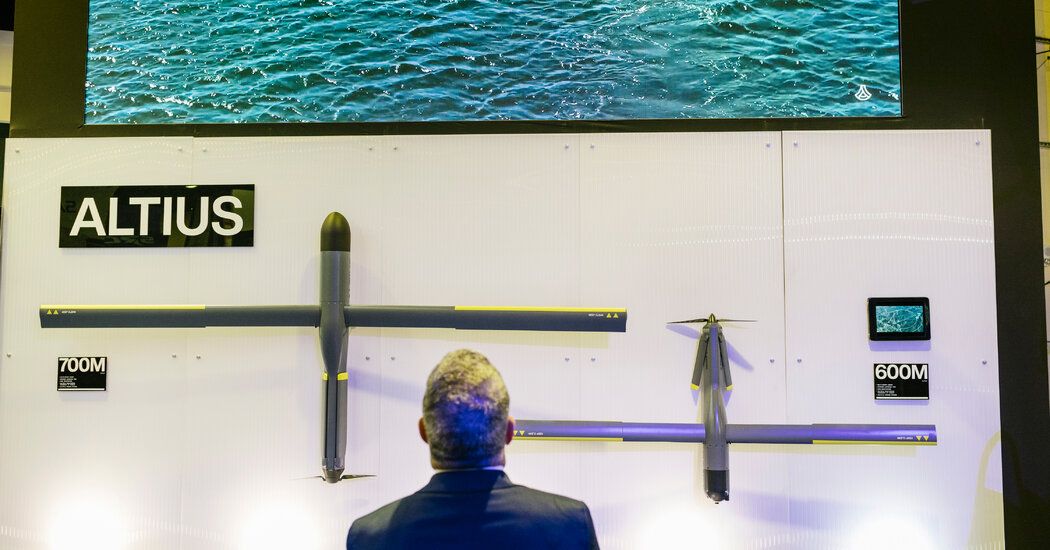Through Ukraine, Tech Start-Ups Make Their Move Into the U.S. Defense Industry
While waiting for a decision by the Pentagon, the company recently moved to lay off some employees.
Mr. Roper, the former Air Force procurement boss, said another problem is the Defense Department’s historical insistence on creating its own solutions to problems instead of buying new technologies from commercial firms. He noted that artificial intelligence, for example, still has not been integrated into Air Force flight operations beyond some basic experiments.
“The Pentagon is still in an ‘invention only’ mode that goes all the way back to the Cold War when it now needs to be in a collaboration mode to accelerate private industry,” Mr. Roper said. “And it is failing at that.”
There are some success stories.
The Defense Innovation Unit created a program that evaluated various surveillance drones coming onto the market and set up a contracting tool that allows Pentagon agencies to buy them directly, without a multiyear acquisition process. Mr. Austin, the defense secretary, recently announced that the Defense Innovation Unit will report directly to him, supervised by a new recruit from Apple.
Skydio, one of the companies approved through the program, is now selling a drone that uses artificial intelligence that allows it to be flown remotely while avoiding crashes even if it is being operated by a novice pilot. The A.I.-enhanced drone can fly indoors in very tight spaces, allowing it to look inside a building, for example, before troops might be sent in.
But for each success, there are many other tech start-ups struggling to pay bills as they wait for the Pentagon to make a purchase decision.
“We’re absolutely trying to tackle a lot of these acquisition pain points,” said Ms. Shyu, the Pentagon’s under secretary for research and engineering and chief technology officer. “I’m working on bridging the Valley of Death.”
Source: The New York Times


